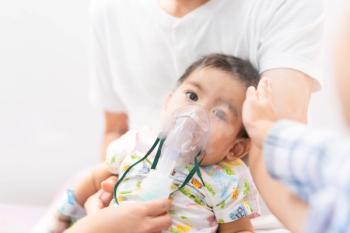
AAP updates guidance for in-school education
The American Academy of Pediatrics (AAP) has updated their safety guidance for in-person schooling during the pandemic.
As the academic year moves into its second half, the American Academy of Pediatrics has updated their
The guidance urges flexibility in the policies that school systems use to keep schools open. It also urges funding on the federal, state, and local level to help schools absorb costs, as the Centers for Disease Control and Prevention has estimated that the cost may range from $55 to $442, depending on the form of mitigation strategy that the school uses. Additionally, any and all policies should be conveyed in every language used in the community.
Elementary and secondary school policy needs are addressed separately. Both policies recommend students wear face coverings, making sure that desks have physical distance, use outdoor spaces as much as possible, open windows when the weather permits, and avoid crowded hallways. The recommendations for secondary schools also recommend not using lockers as well as having students remain in the classroom while teachers rotate between classes. Hallways should be made one-way and marked with directions to ensure compliance.
During the lunch period, it’s recommended that physical distancing is maximized because students will have to remove their face masks, create more lunch periods to reduce the number of students in a cafeteria at one time, use additional spaces, and encourage students and staff to wash hands or use hand sanitizer. For students who have previously been bussed, the guidance recommends encouraging students to walk or bike if it’s safe, use assigned seating, keep the number of students on a bus to a reasonable minimum, wear face coverings, and ensure that the bus is adequately cleaned between uses.
Reference
1. American Academy of Pediatrics. COVID-19 Guidance for Safe Schools. Updated January 5, 2021. Accessed January 6, 2021.
Newsletter
Access practical, evidence-based guidance to support better care for our youngest patients. Join our email list for the latest clinical updates.










